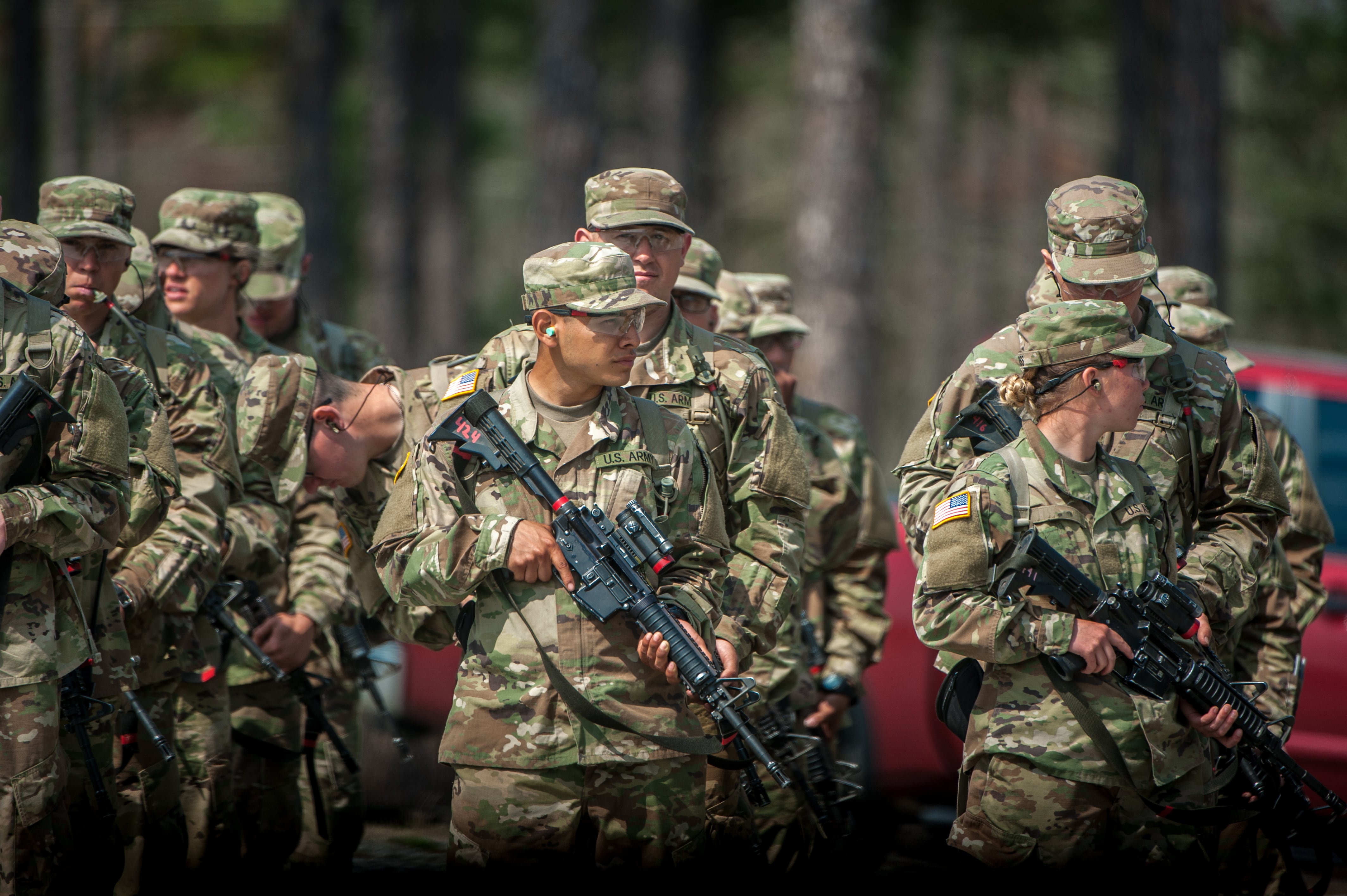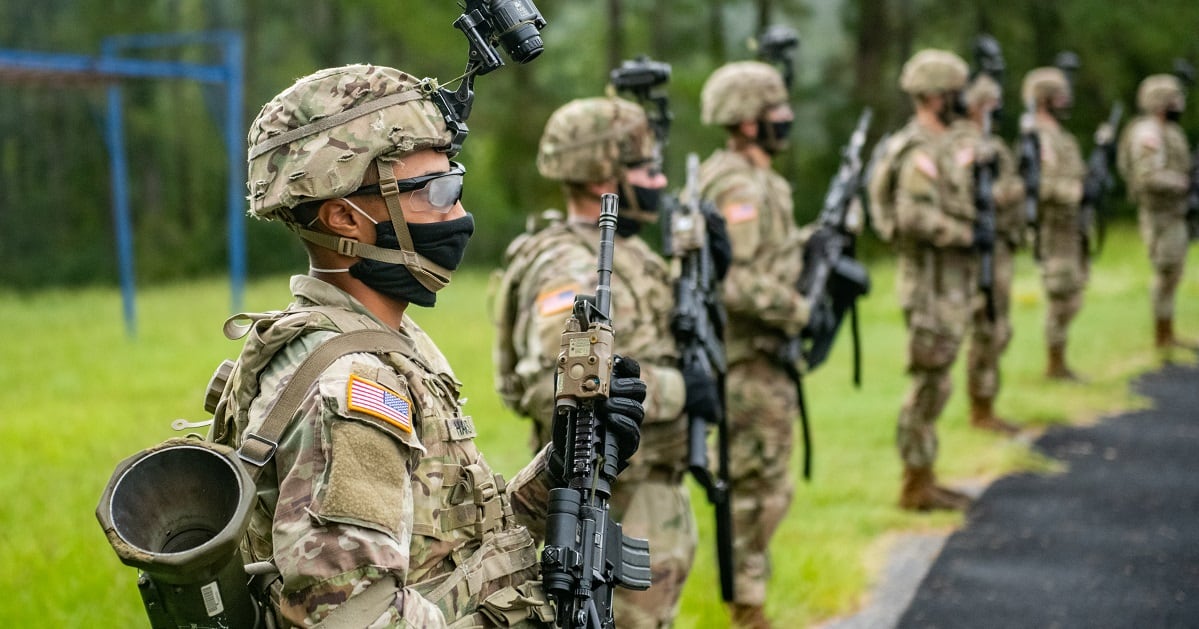The Army wants to assess roughly 15,000 infantry recruits this fiscal year, and will likely continue offering cash incentives to potential soldiers in an effort to meet its goals, according to Army Recruiting Command boss Maj. Gen. Kevin Vereen.
“The Army needs just an overabundance of infantrymen to fill its formations,” Vereen said during an Association of the United States Army event Wednesday. “That’s one of the MOSs that we’ll probably see over the remainder of FY21 [with] incentives attached to it.”
In fiscal 2020, the Army assessed 11,352 recruits into the 11X infantry career fields. The service’s target number for those recruits in 2021 is now close to 15,000, an increase of roughly 3,500, officials at Army Recruiting Command said in an email.
The current maximum incentive for non-prior-service infantry applicants is $25,000, those officials added. But there are other career fields, like cyber and air defense artillery, that are also historically difficult to man.
“As we move into some of the other low population MOSs that may not be filled … we may have to see incentives come on the back end to be able to support those, as well,” Vereen added during the Wednesday discussion. “It’s one of the tools that we can use to be able to strike interest and to draw in folks who really want to serve.”
The Army met its active duty end-strength goal for 2020, which stood at 485,000 soldiers, largely thanks to strong retention numbers among soldiers already in the force. Many of those soldiers were likely not eager to enter the current civilian job market, which slumped during the global pandemic.
RELATED

Recruiting Command’s target accessions number at the start of 2020 was “well above 65,000,” Vereen said Wednesday. But the service ended up accessing only about 62,150 recruits.
Vereen framed the gap between those two numbers as an intentional balance struck between recruiting and abnormally high retention rates — and not as a failure meet targets.
“About the last 60 days of a recruiting year … the numbers are steadily fluctuating,” Vereen said. “We have to make sure that our Army is manned across every MOS at an appropriate level, so Army formations are essentially balanced with what they need.”
By March, the Army had signed up about 2,200 more recruits than it had by the same time the previous year, officials previously told Army Times. But the coronavirus pandemic started to dampen recruiting efforts as brick-and-mortar stations shuttered and soldiers adjusted to pitching the service to young people online.
RELATED

Thankfully for the Army, retention was “very strong,” according to E. Casey Wardynski, the Army’s assistant secretary for manpower and reserve affairs.
“It’s about 15 percent higher than we anticipated at the beginning of the year,” Wardynski said this summer.
At the time, Wardynski credited that retention to short-term reenlistment options that were recently approved for soldiers close to the end of their contracts and which require three- to 11-month contract extensions.
Though recruiting took a hit, the Army championed some victories in its final accessions number when service officials briefed reporters earlier this October.
About 47 percent of the regular Army’s 62,150 accessions this year represented minority populations, according to Vereen.
“We saw that to be a significant event this year,” Vereen said Oct. 9. “Our trend lines over the past couple of years — I would say about the last two to three years — have been been in the lower 40s.”
Kyle Rempfer was an editor and reporter who has covered combat operations, criminal cases, foreign military assistance and training accidents. Before entering journalism, Kyle served in U.S. Air Force Special Tactics and deployed in 2014 to Paktika Province, Afghanistan, and Baghdad, Iraq.




